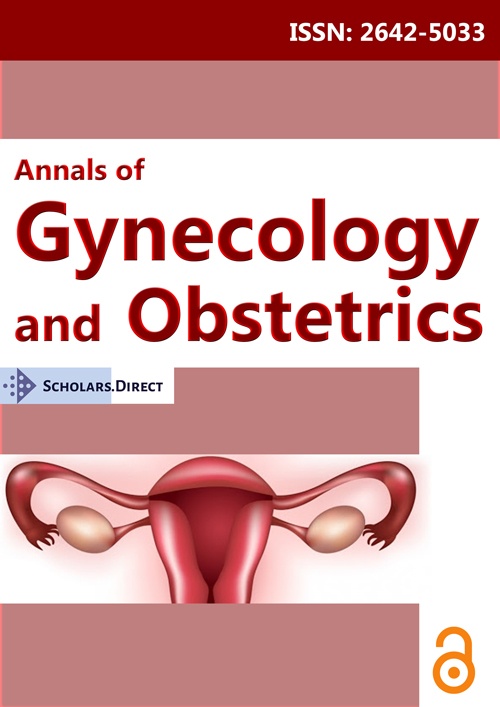Incidence of Pregnancy-Associated Hypertension and Preeclampsia in a Cohort of Kenyan Women
Keywords
Pre-eclampsia, Pregnancy-associated hypertension, Kenya
Synopsis
We describe the incidence of pregnancy-associated hypertension and preeclampsia in a cohort of women from Kenya attending antenatal care clinic.
Pregnancy-associated hypertension (PAH) and preeclampsia are leading causes of maternal and perinatal morbidity and mortality [1], associated with future development of cardiovascular and metabolic diseases in the mother, as well as risks for the baby such as poor growth and prematurity [2]. The exact cause is not fully understood. Preeclampsia is estimated to affect about 2-8% of pregnancies worldwide, with a 1.5 to 2-fold higher incidence among primigravid women, although the incidence of hypertensive disorders in pregnancy remains poorly understood in developing countries [3].
We investigated the incidence of hypertension and preeclampsia in a cohort of 1226 pregnant women in Kenya, who had blood pressures routinely checked during their antenatal care (ANC) visits using a digital sphygmomanometer, as well as urine dipstick (Hypoguard, Minneapolis, MN, USA) to assess for proteinuria. A total of 27 women (2.2%) met the definition of hypertension (defined as systolic blood pressure ≥ 140 mmHg or diastolic blood pressure ≥ 90 mmHg) at least once during pregnancy and 133 (10.8%) had some degree of proteinuria at least once (64 with trace, 59 with 1 +, seven with 2 +, three with 3 + by urine dipstick). Of these, four (0.3%) met criteria for pre-eclampsia (defined as hypertension plus proteinuria of 1 + or more).
Women in our cohort had significantly lower incidence of preeclampsia than the estimated global incidence, but consistent with findings from a retrospective cohort of approximately 250,000 urban Zambian women attending ANC, which reported 2.1% with PAH, defined as eclampsia, pre-eclampsia, hypertension, or elevated blood pressure (> 140/80 mmHg) at delivery [4]. We were unable to disaggregate our cohort by gravidity, but these results suggest that pregnant women in Kenya and Zambia may be at lower risk for pre-eclampsia than those in countries where risk factors for hypertension such as obesity are on the rise. It is also possible that we underestimated the true incidence of pre-eclampsia, as our method was limited to use of blood pressure measurements and semi-quantification of proteinuria with urine dipsticks during ANC, and did not include measurements at delivery or in the inpatient wards, or preeclampsia diagnosed as hypertension in association with thrombocytopenia, impaired liver function, renal insufficiency, pulmonary edema, or new-onset cerebral or visual disturbances [2]. Further work is required to assess the variation in pre-eclampsia across different geographic locations and to better understand the risk factors in different populations.
References
- Jeyabalan A (2013) Epidemiology of preeclampsia: impact of obesity. Nutr Rev 71: S18-S25.
- American College of Obstetriciasn and Gynecologists, Task Force on Hypertension in Pregnancy (2013) Hypertension in pregnancy. Report of the American College of Obstetricians and Gynecologists' Task Force on Hypertension in Pregnancy. Obstet Gynecol 122: 1122-1131.
- Cande V Ananth, Katherine M Keyes, Ronald J Wapner (2013) Pre-eclampsia rates in the United States, 1980-2010: age-period-cohort analysis. BMJ 347: 6564.
- Marie CD Stoner, Bellington Vwalika, Marcela C Smid, et al. (2016) A retrospective study of HIV, antiretroviral therapy, and pregnancy-associated hypertension among women in Lusaka, Zambia. Int J Gynaecol Obstet 134: 299-303.
Corresponding Author
Megumi Itoh, Malaria Branch, Centers for Disease Control and Prevention, Atlanta, Georgia.
Copyright
© 2017 Itoh M, et al. This is an open-access article distributed under the terms of the Creative Commons Attribution License, which permits unrestricted use, distribution, and reproduction in any medium, provided the original author and source are credited.




